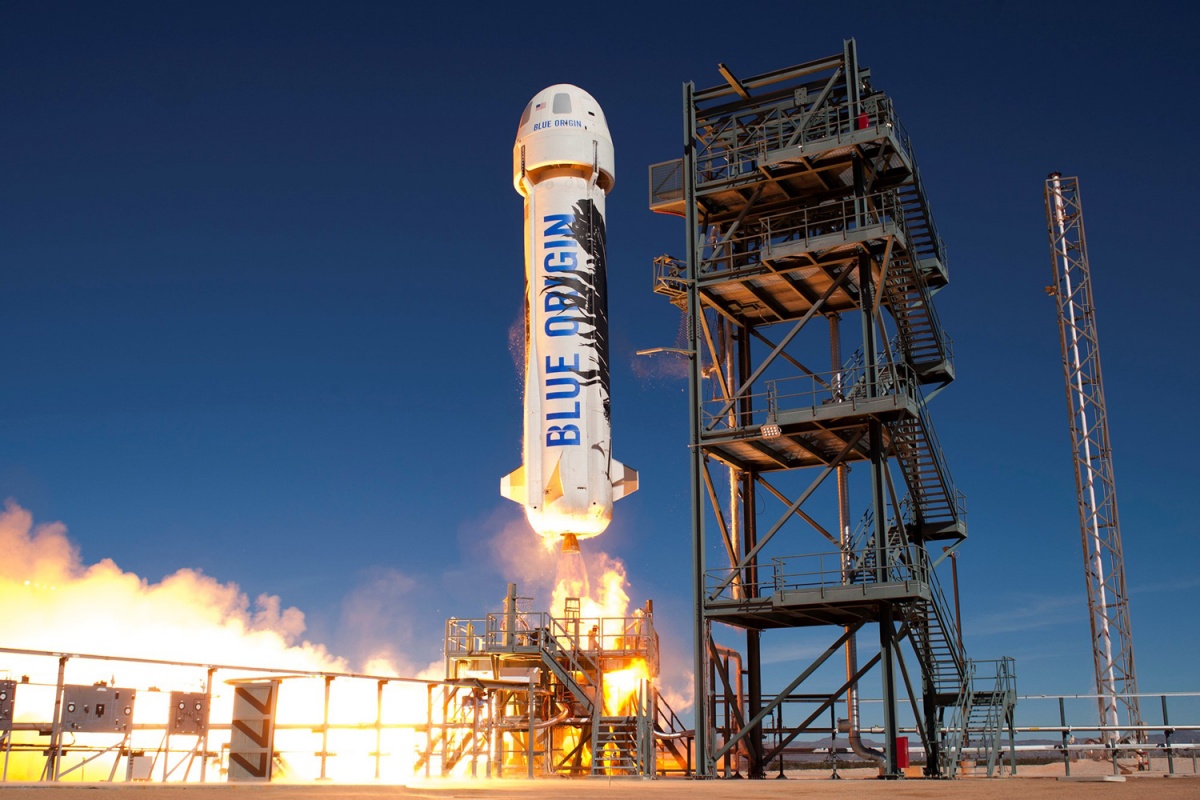The world’s first reusable rocket, New Shepard, flew again to successfully complete its launch and vertical landing at Blue Origin’s testing site in Texas on April 2, 2016.
The rocket was used for the third time with the same hardware, making the test flight somewhat historic. The company aims to dramatically lower the cost of spaceflights by reusing the rockets rather than discarding them.
At present, it costs about $1.5 billion to send a shuttle into space since the costly parts of the shuttle like multi-stage rockets and boosters are detached at different stages of the flight. As the parts cannot be recovered, it increases the cost of the launch.
Blue Origin and its rival SpaceX aim to reduce the cost of spaceflights 100 fold by reusing boosters. Since there won’t be any need to built a new rocket for each launch, a reusable rocket will make it possible to launch satellites and get many more people into space at a lower cost.
Named after the first American astronaut Alan Shepard, New Shepard reached an apogee of 339,138 feet (103.4 km) before vertically landing back on Earth for the third time with the same rocket booster. The engine that powers the rocket restarted at just 3,635 feet (1,108 meters) above the ground level and ramped up fast for a successful landing. The unmanned crew capsule also landed safely nearby under parachutes.
Any problem with the ramp-up or ignition of the engine would have crashed the booster into the ground in just 6 seconds.







